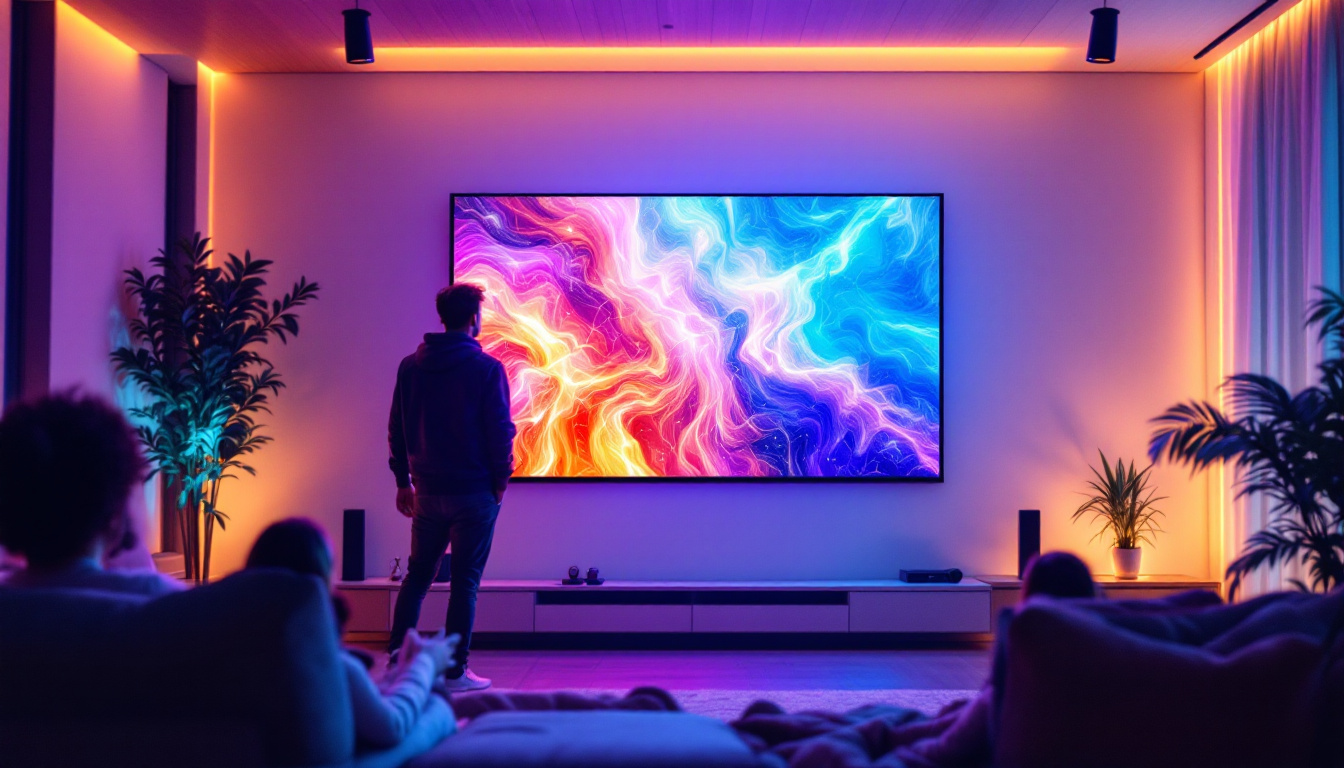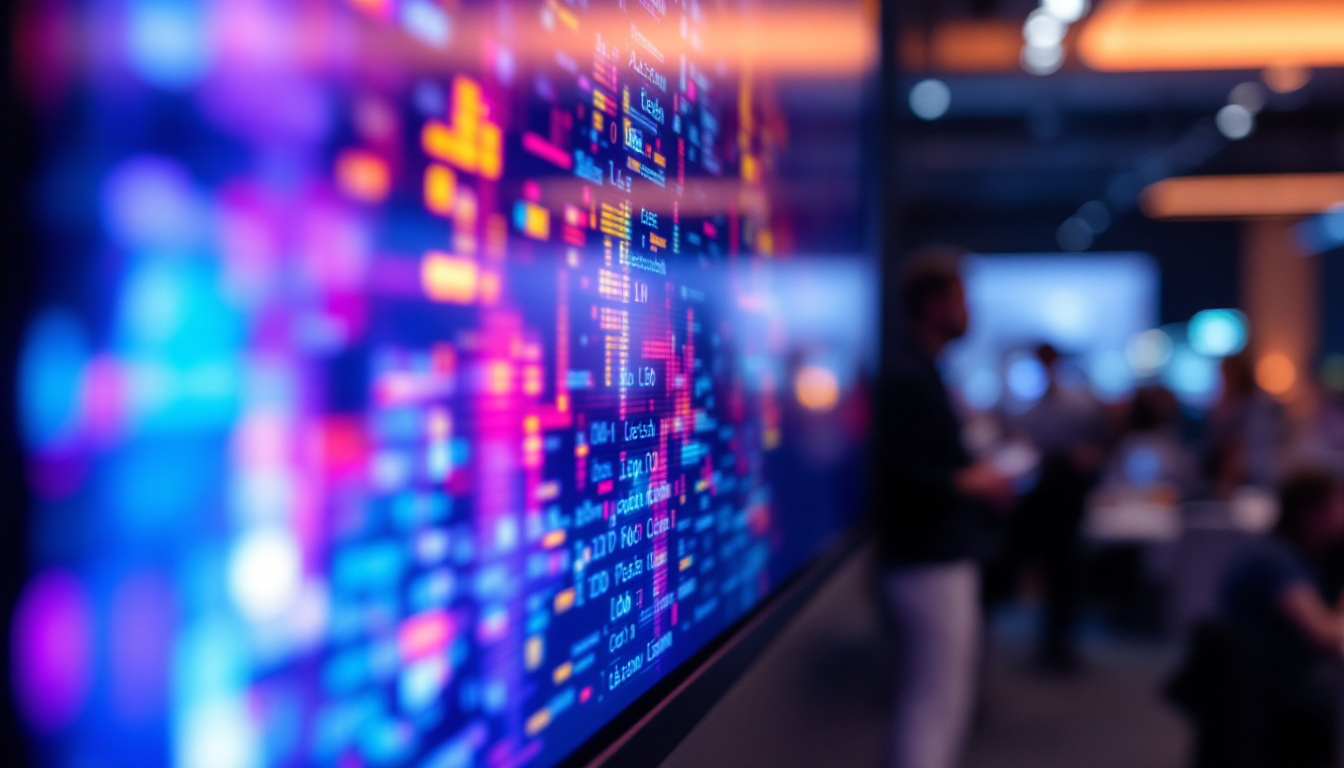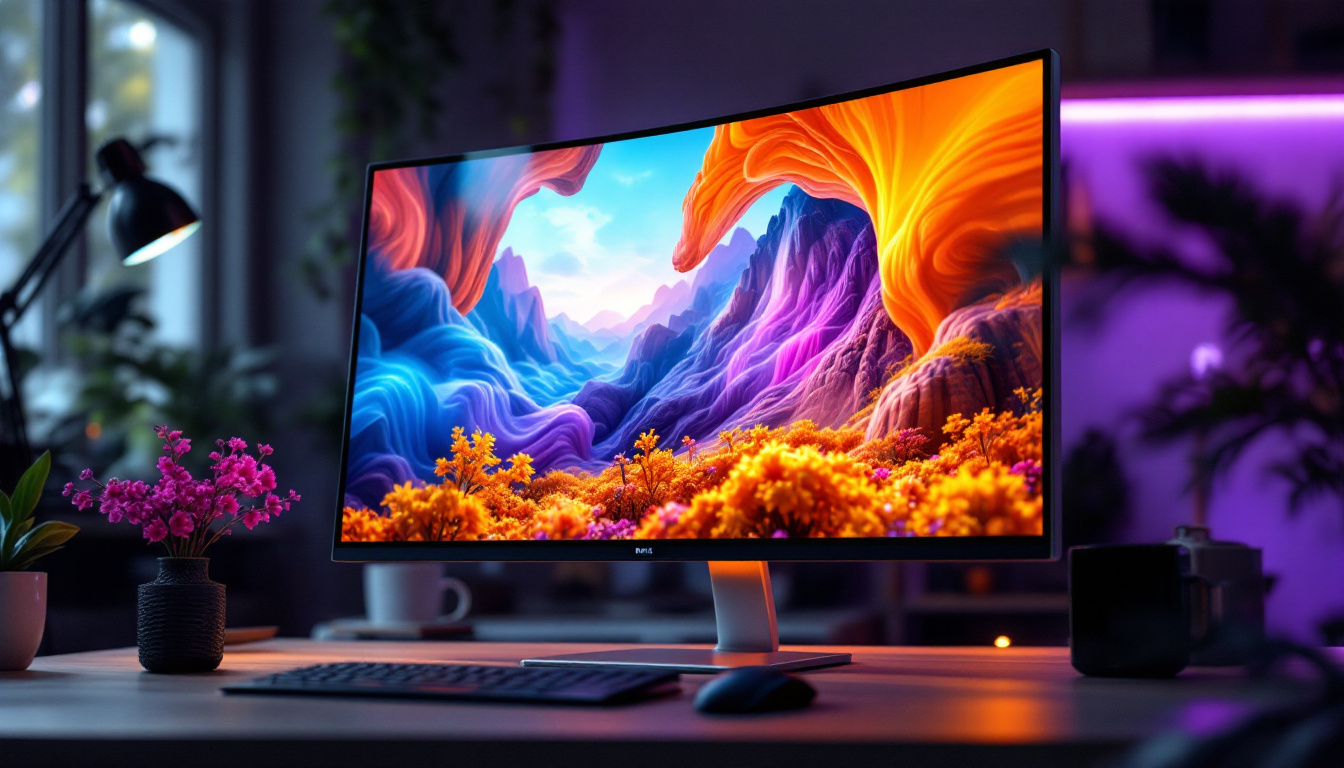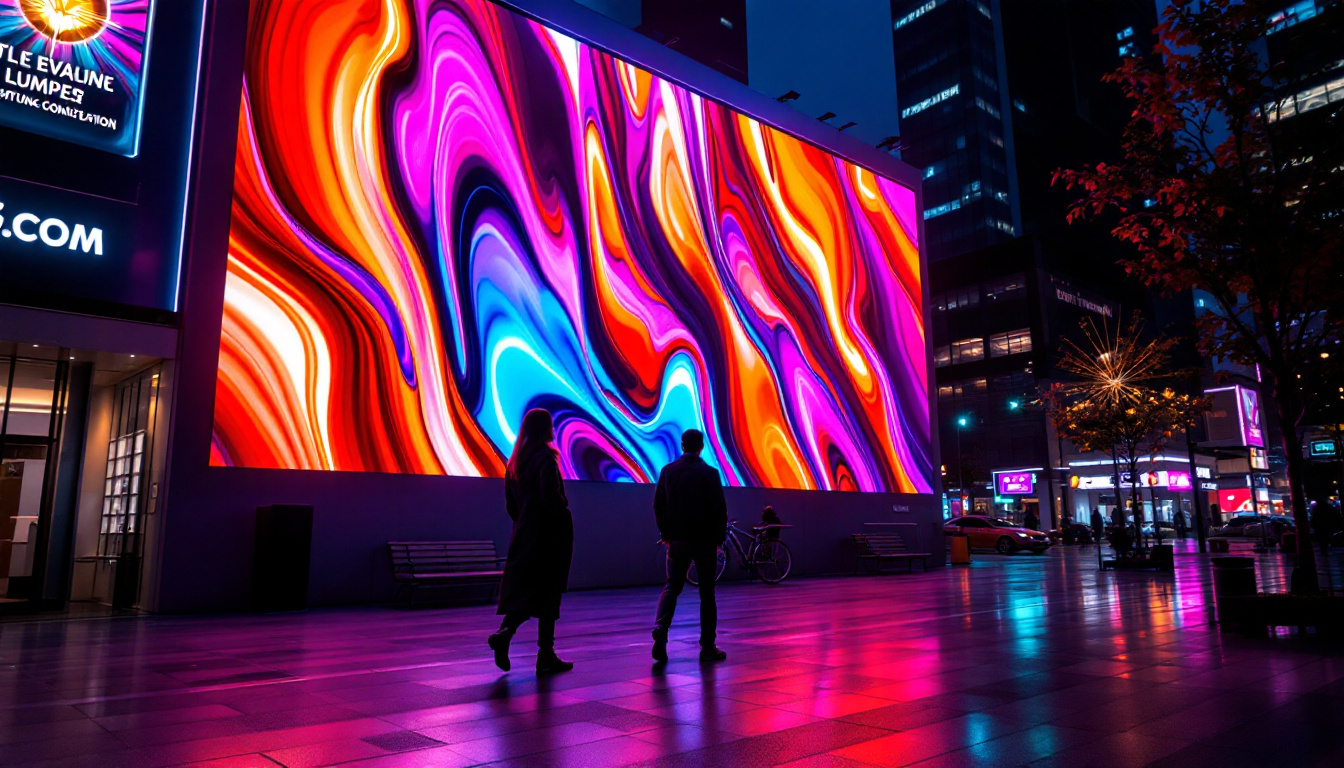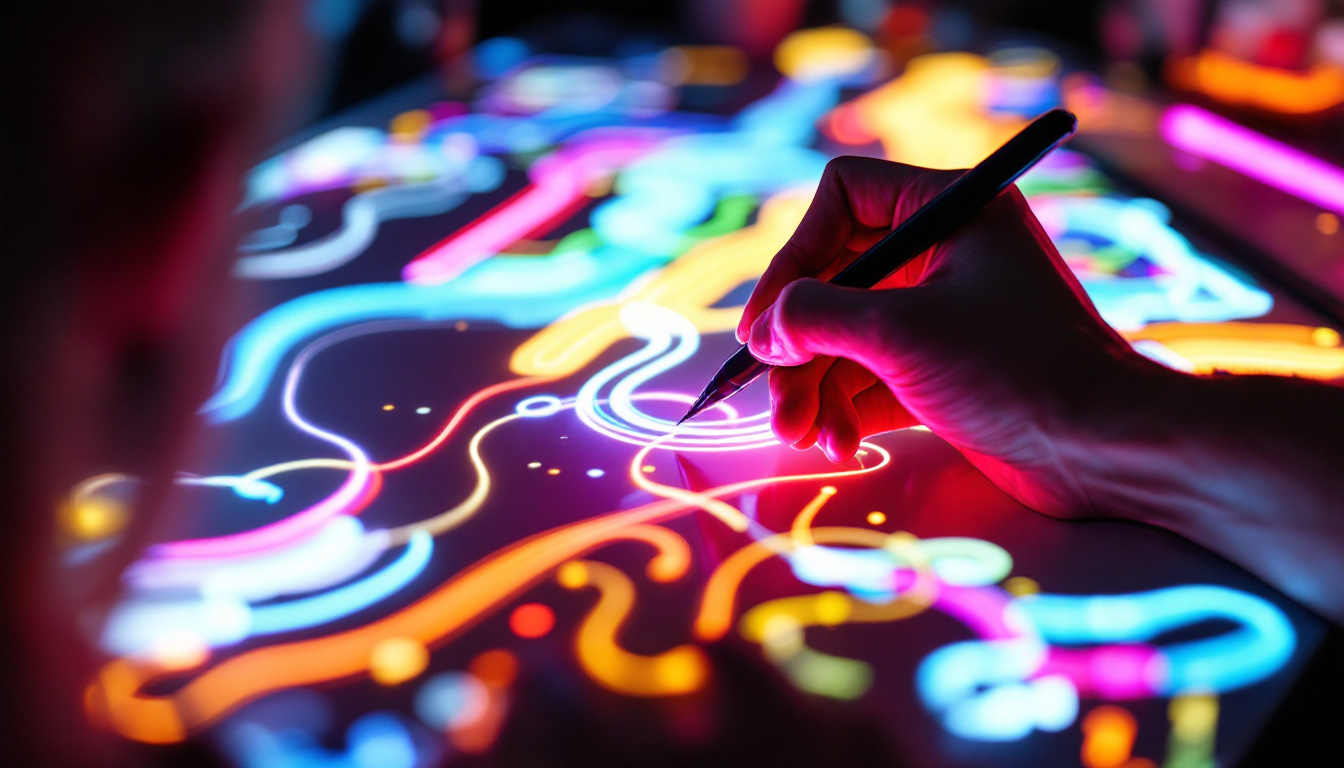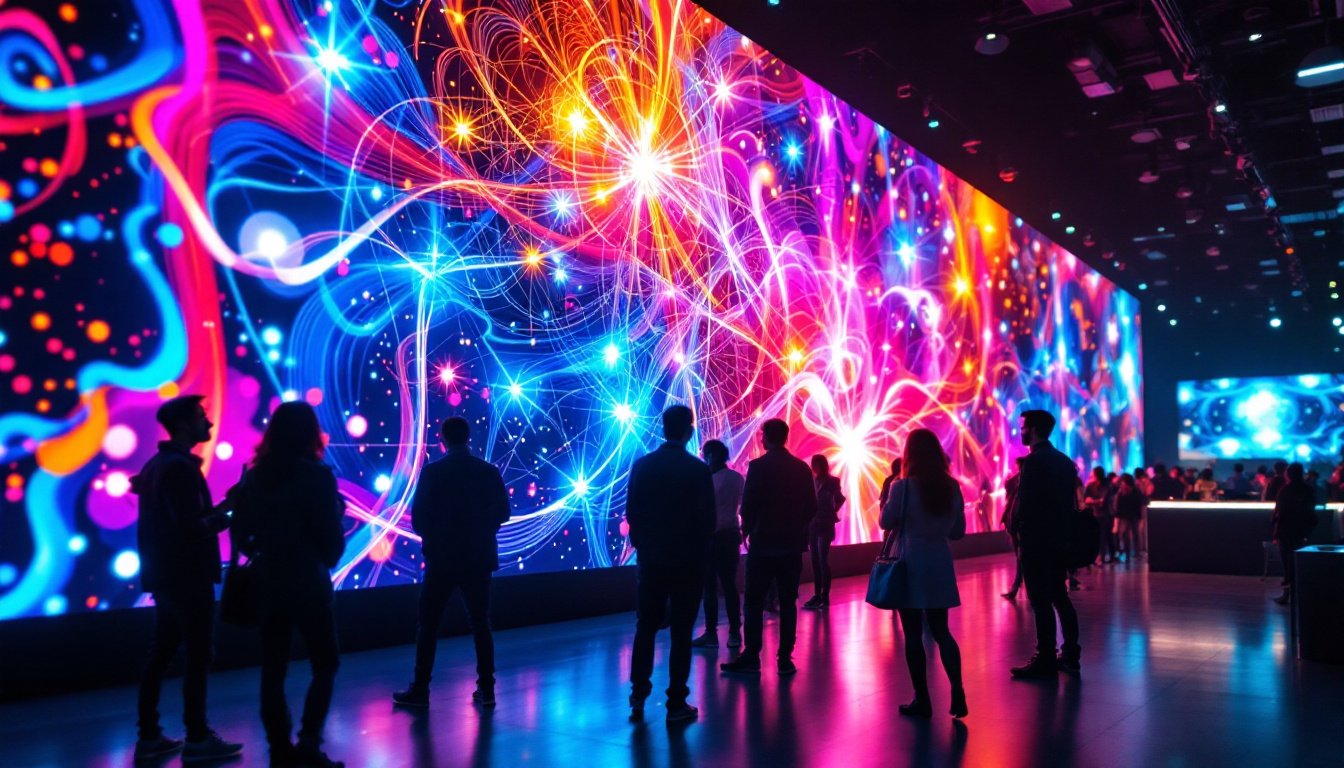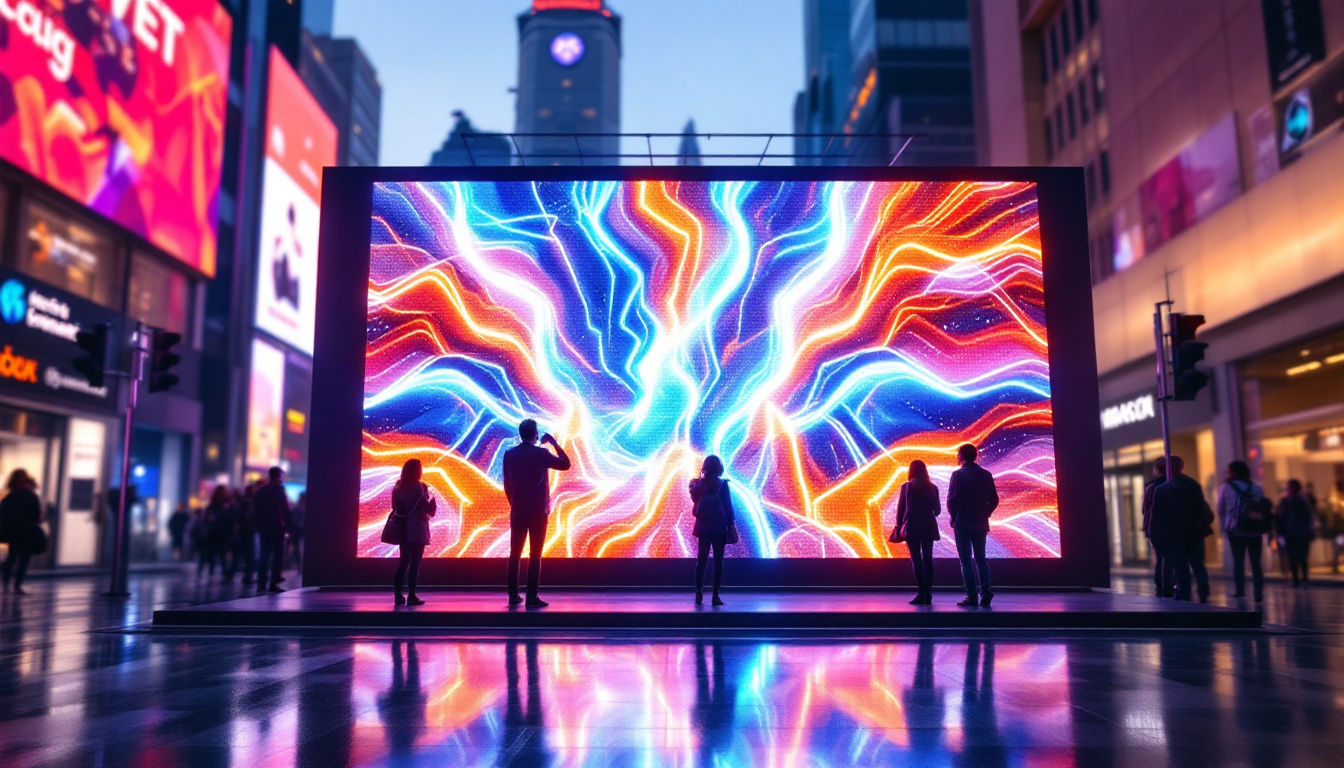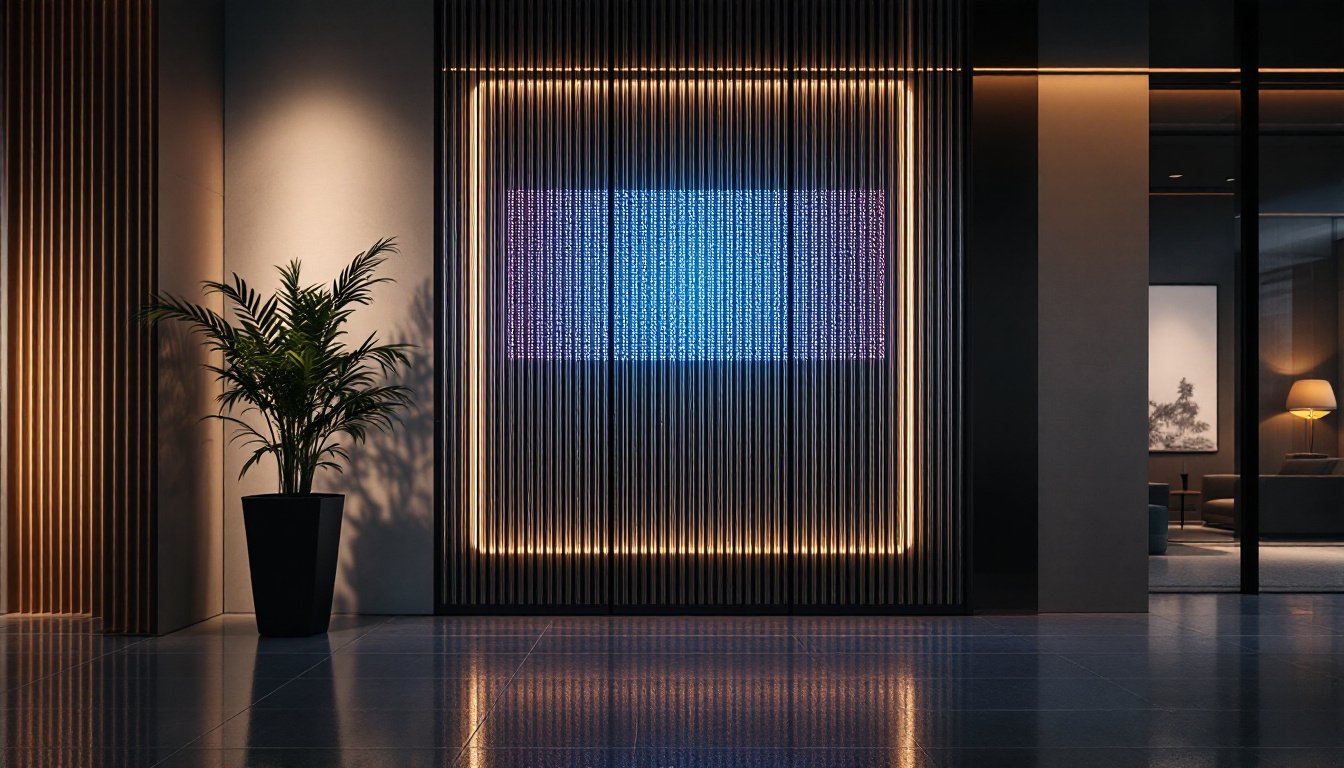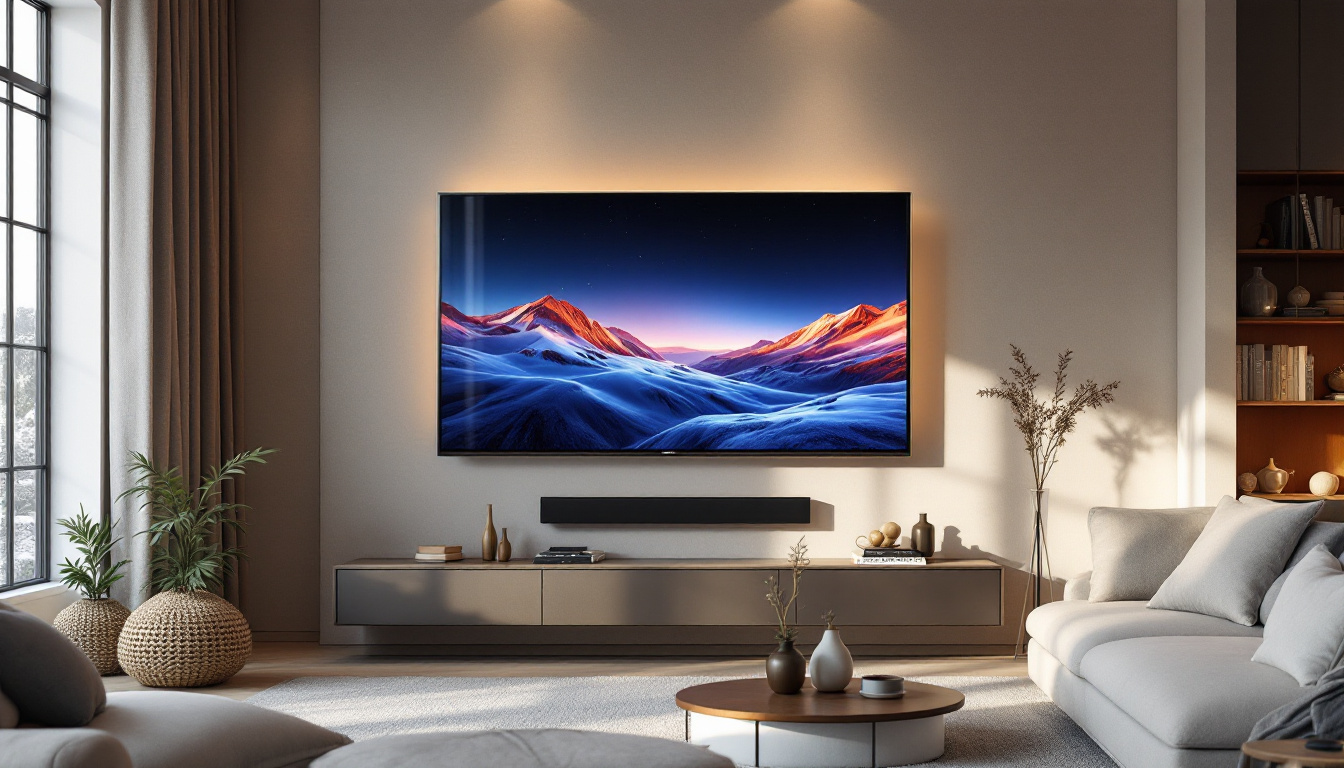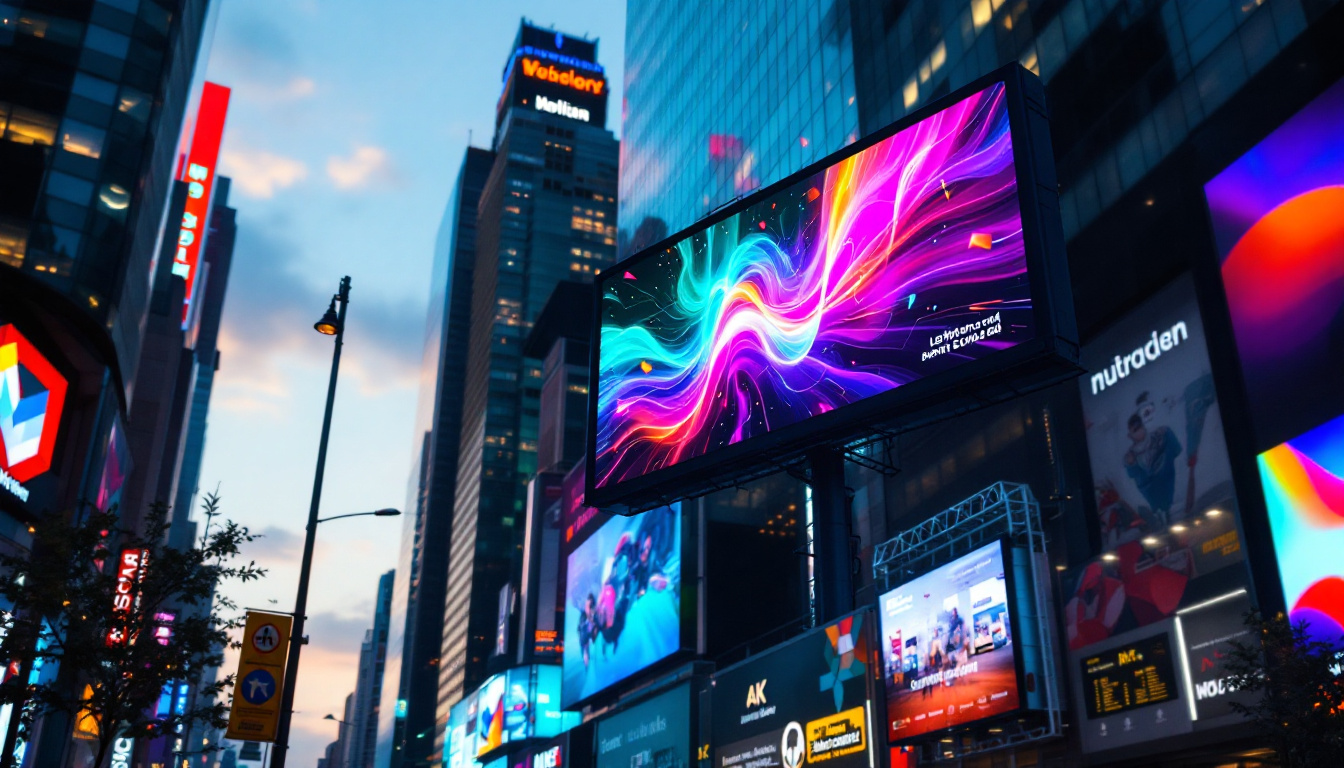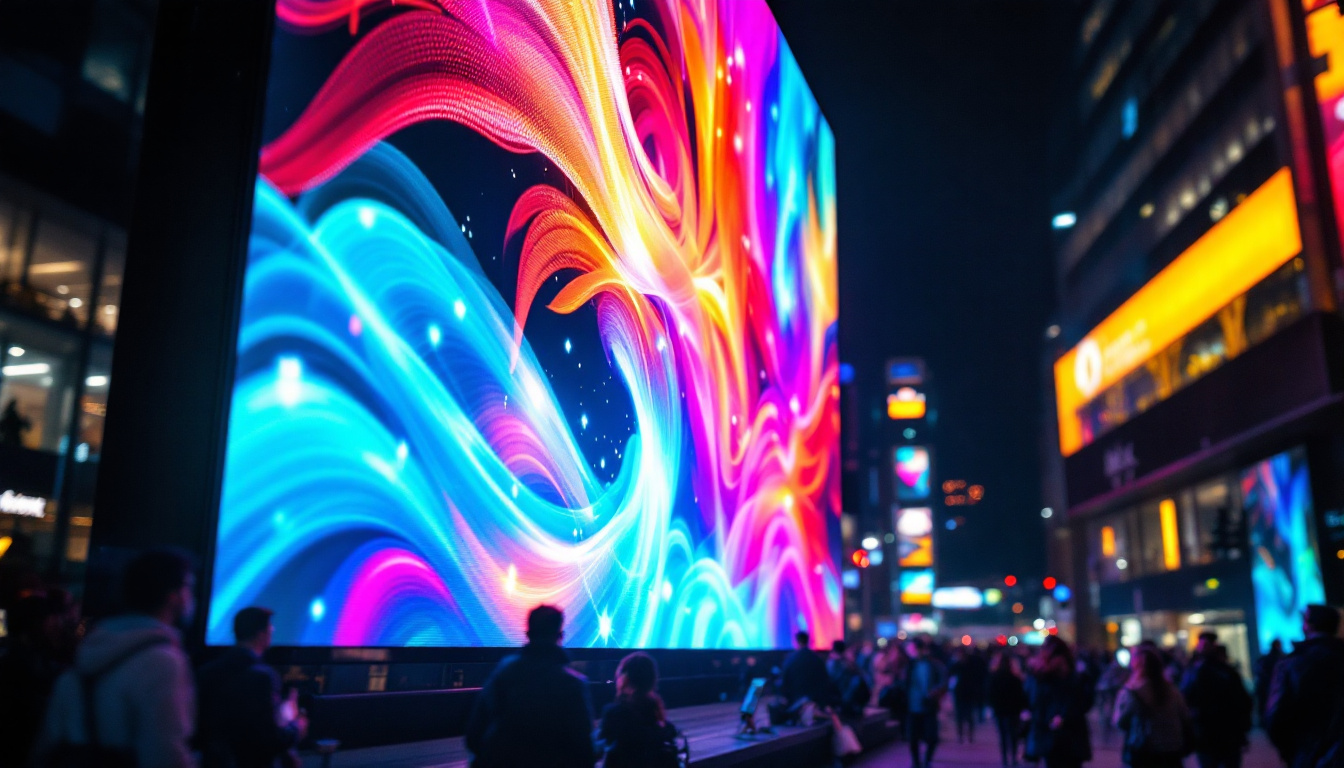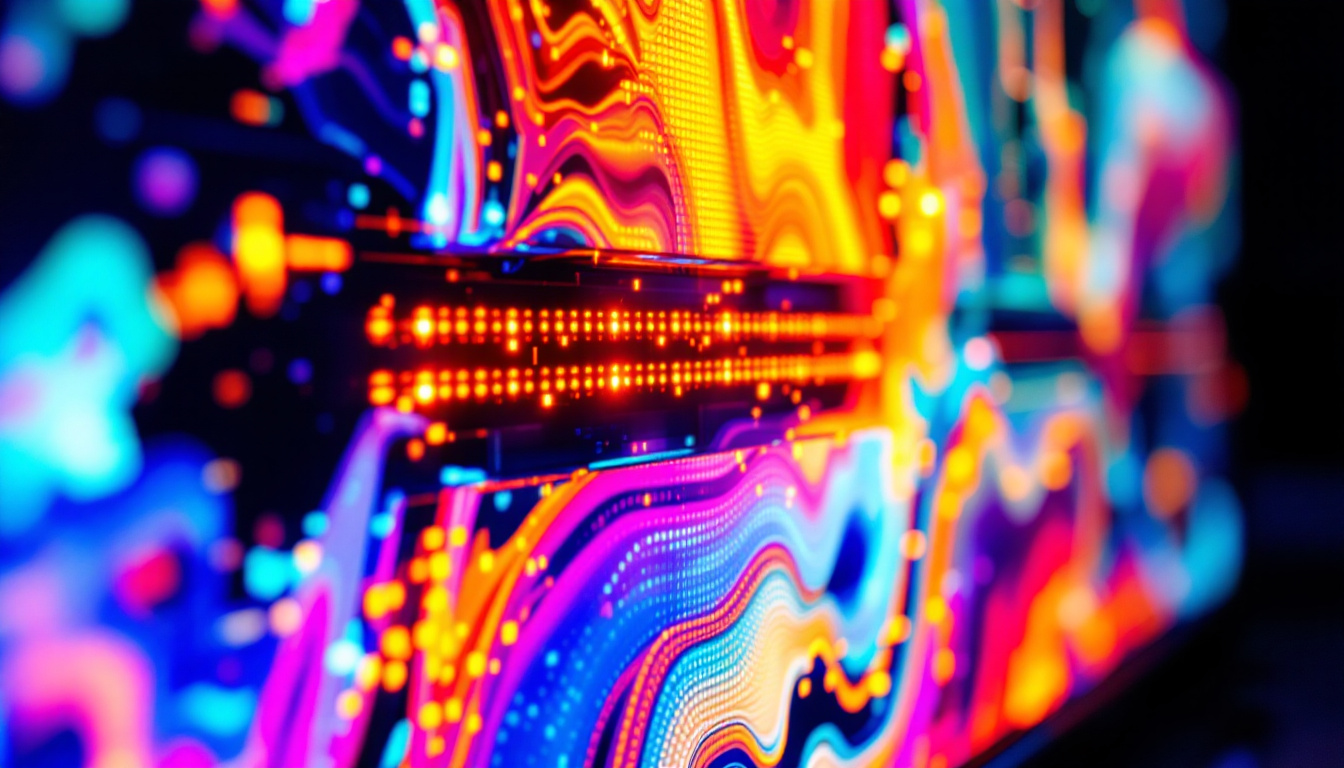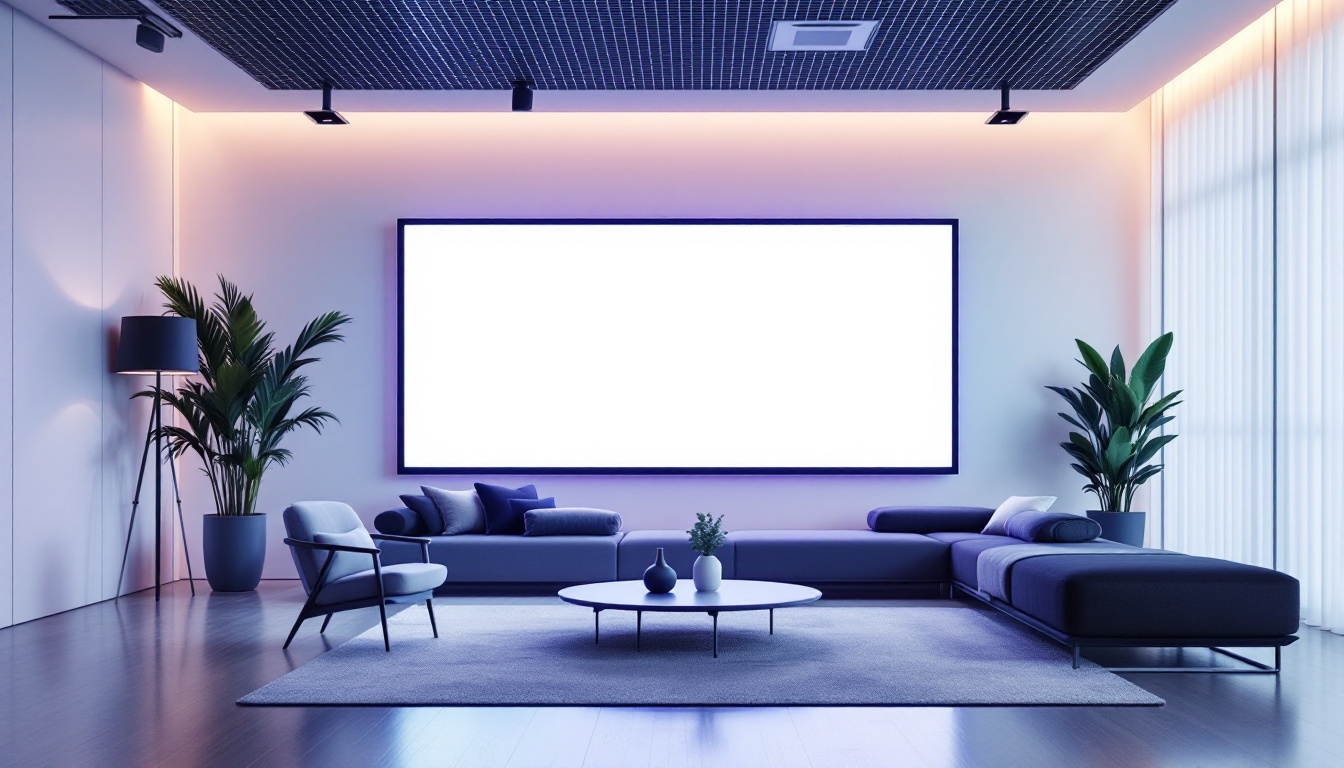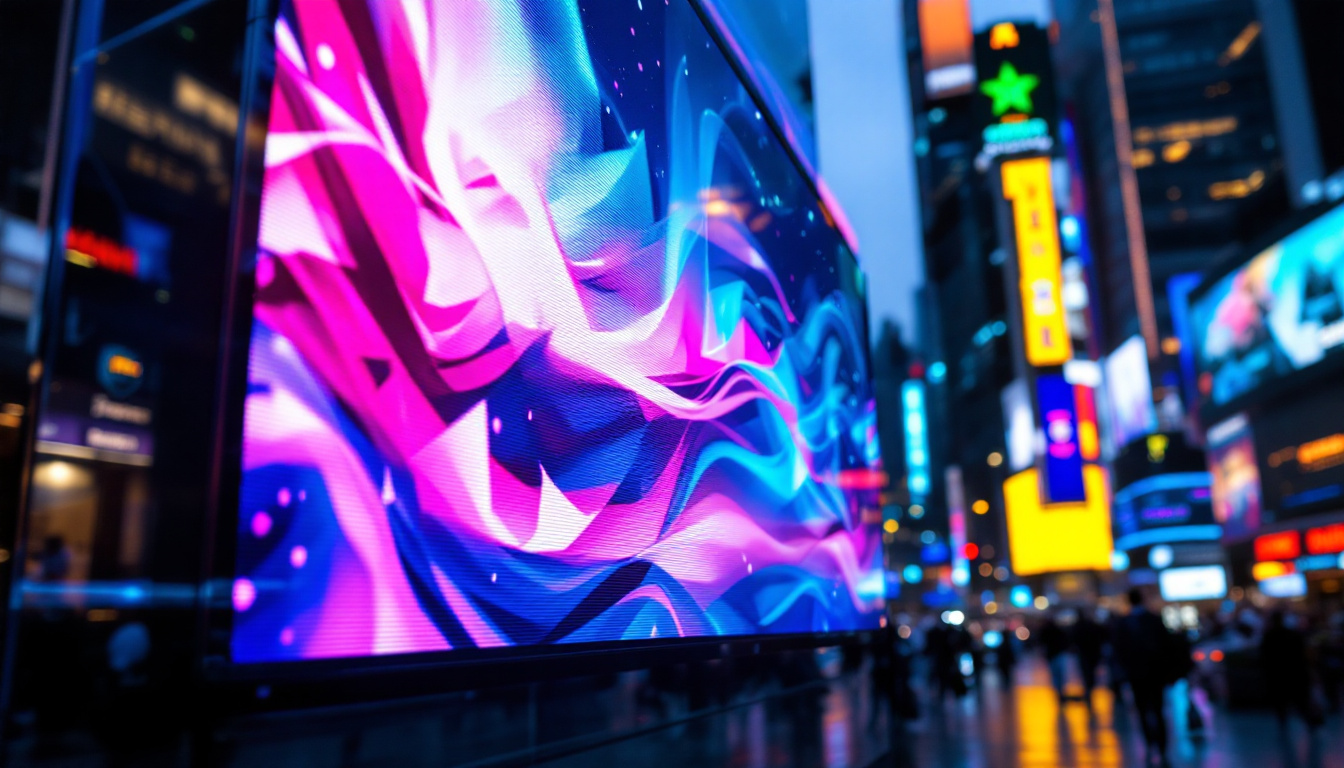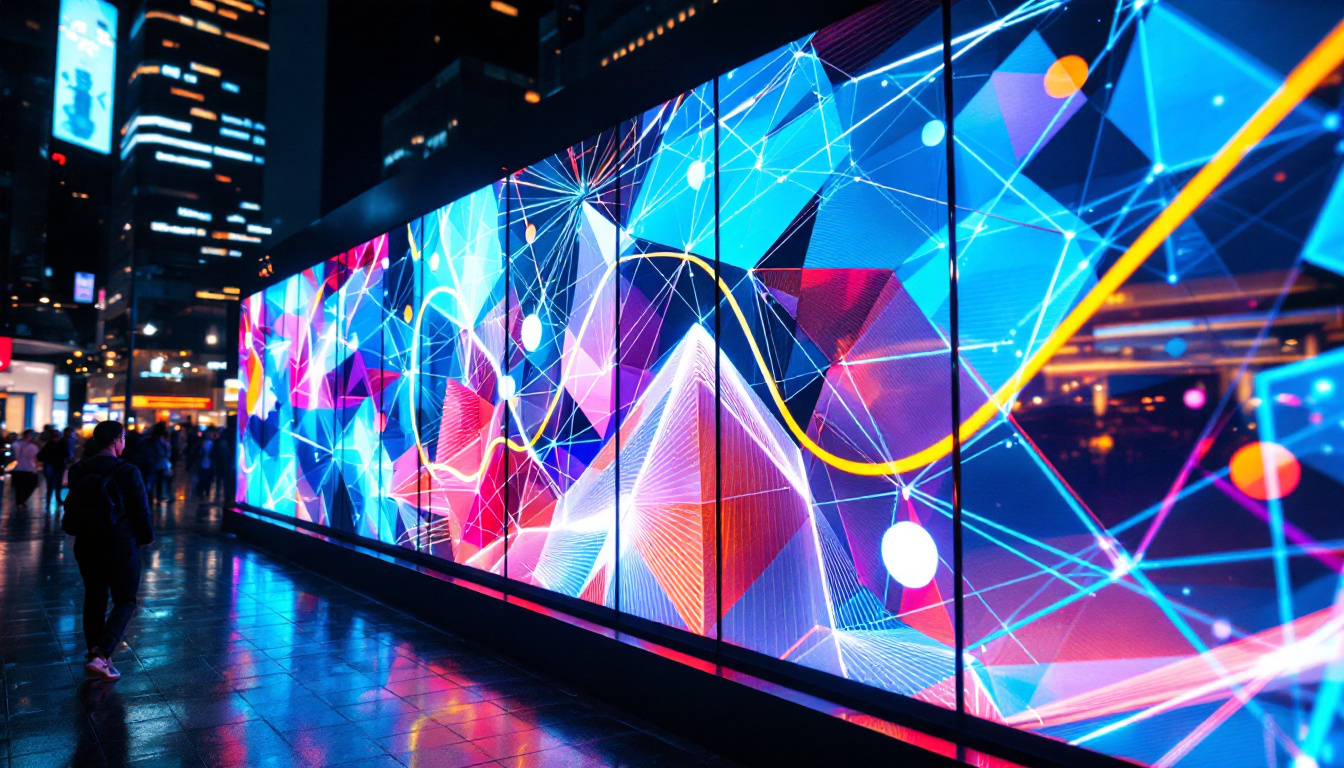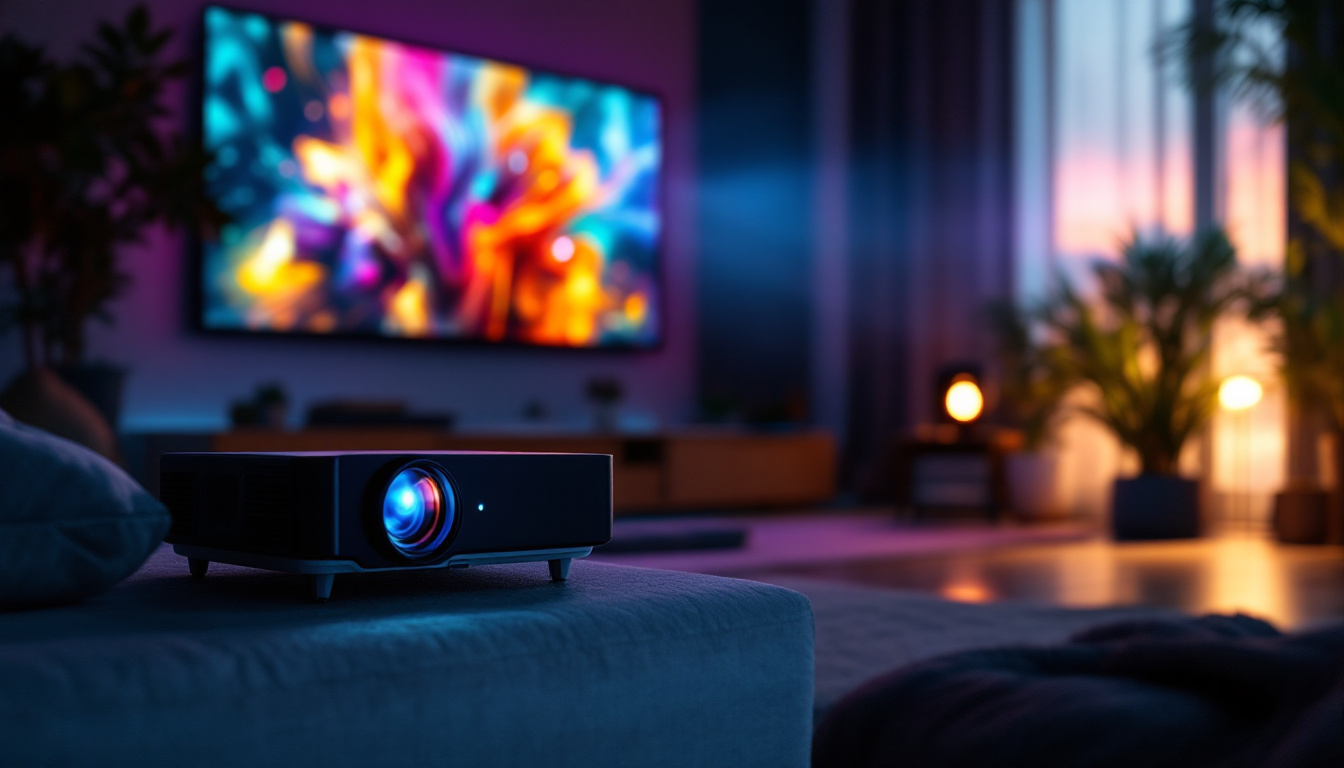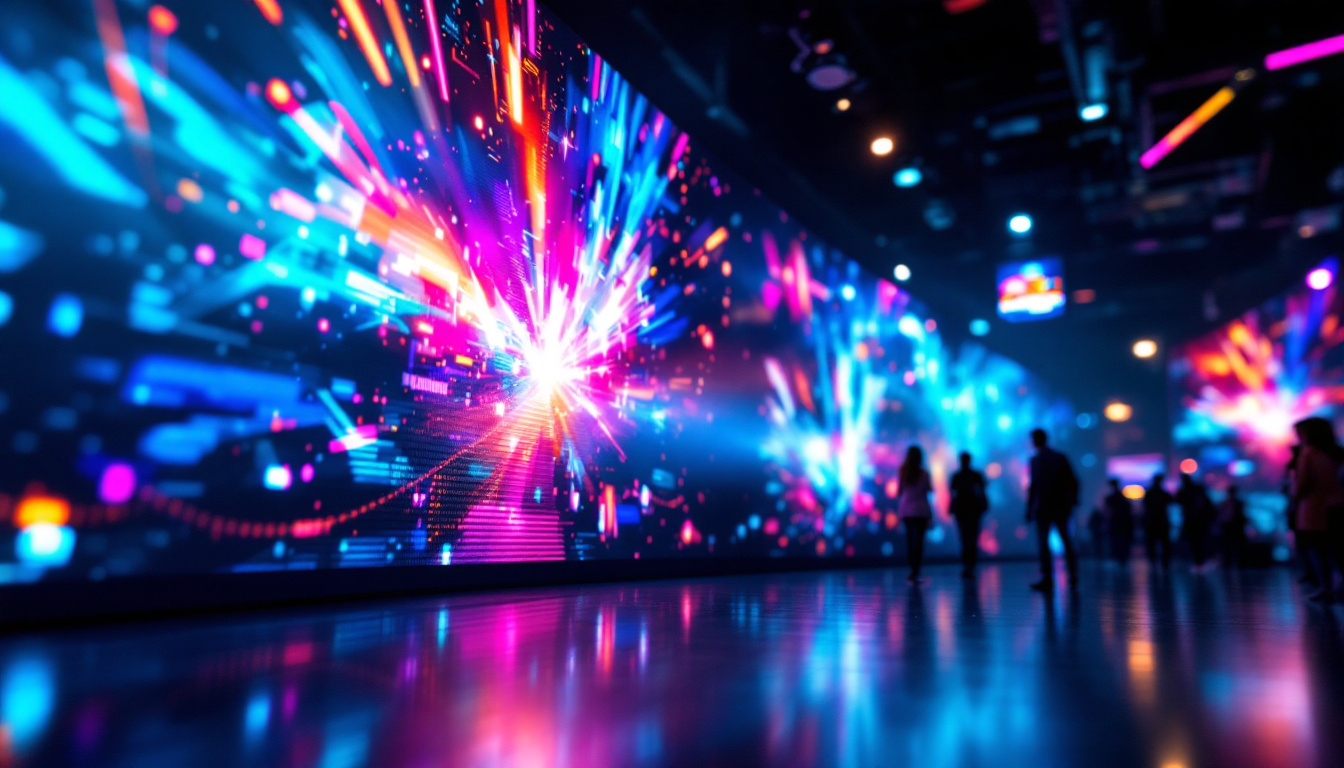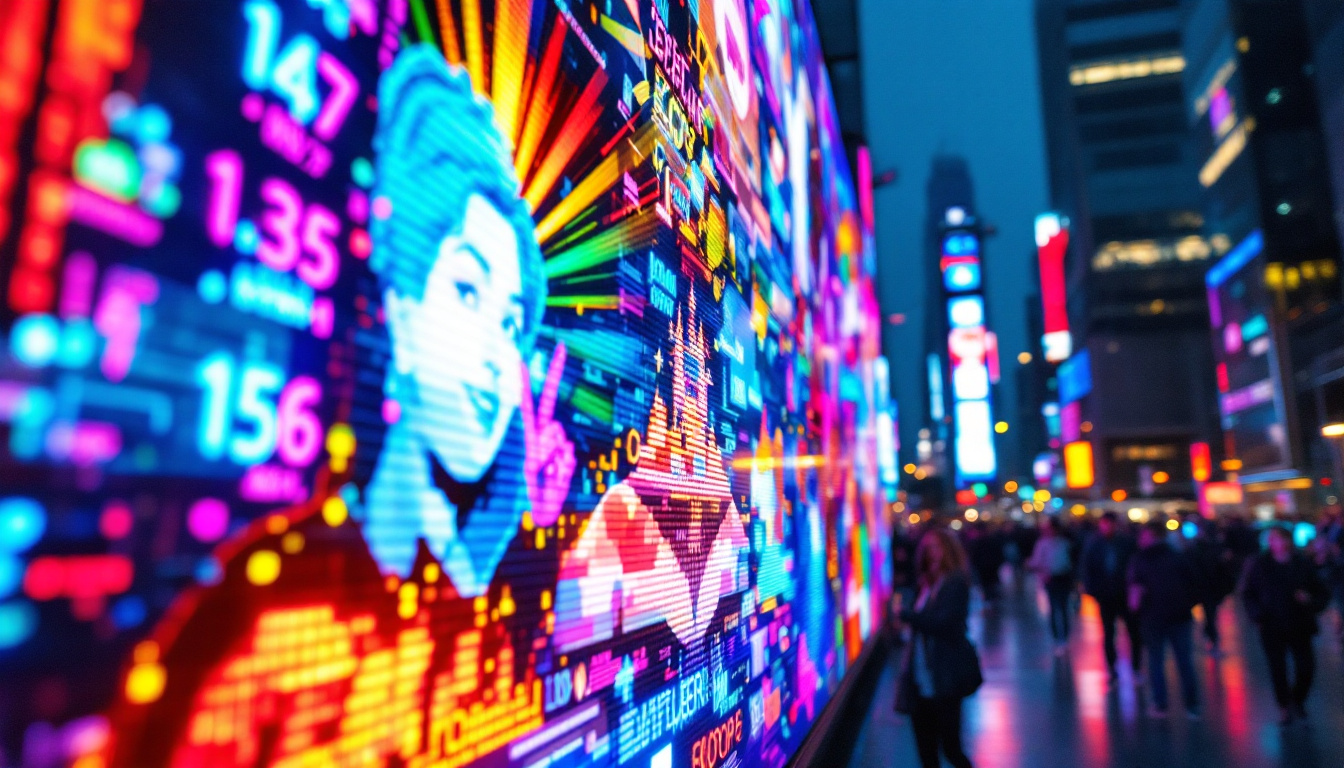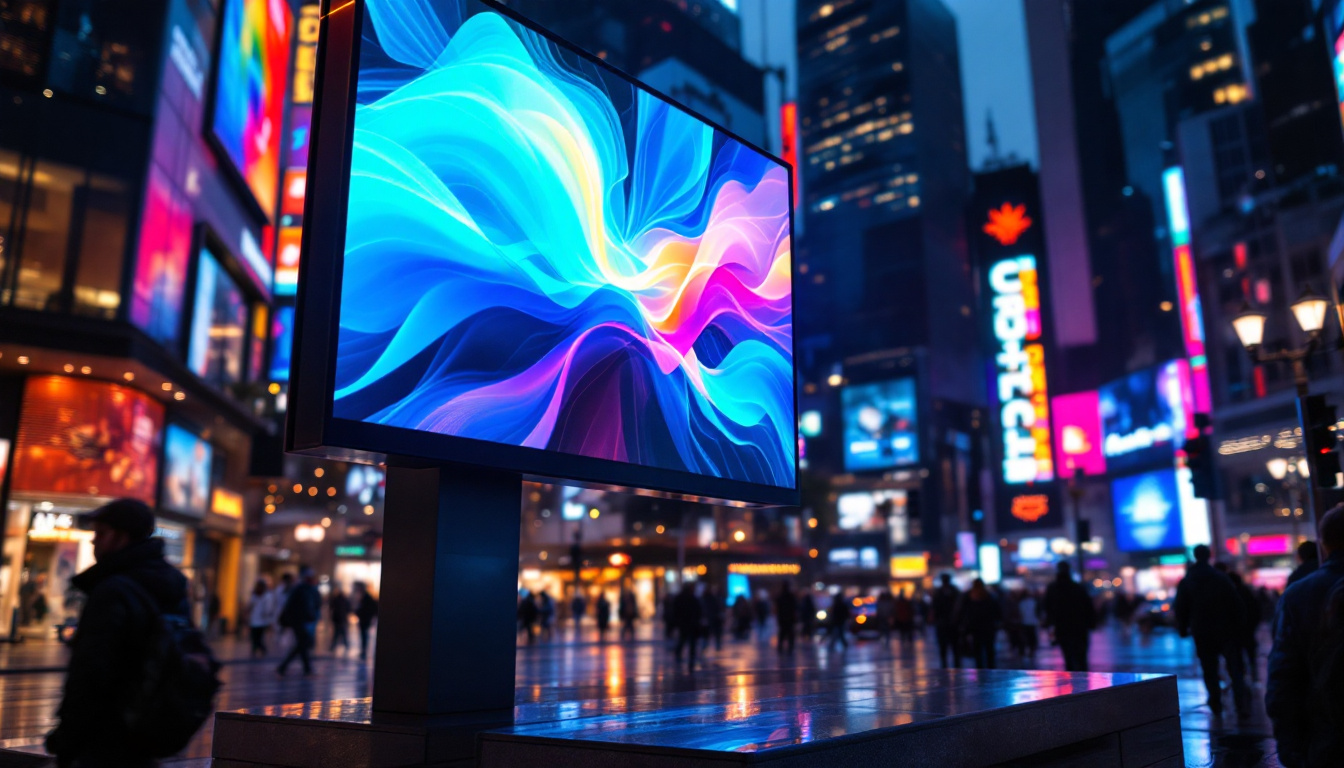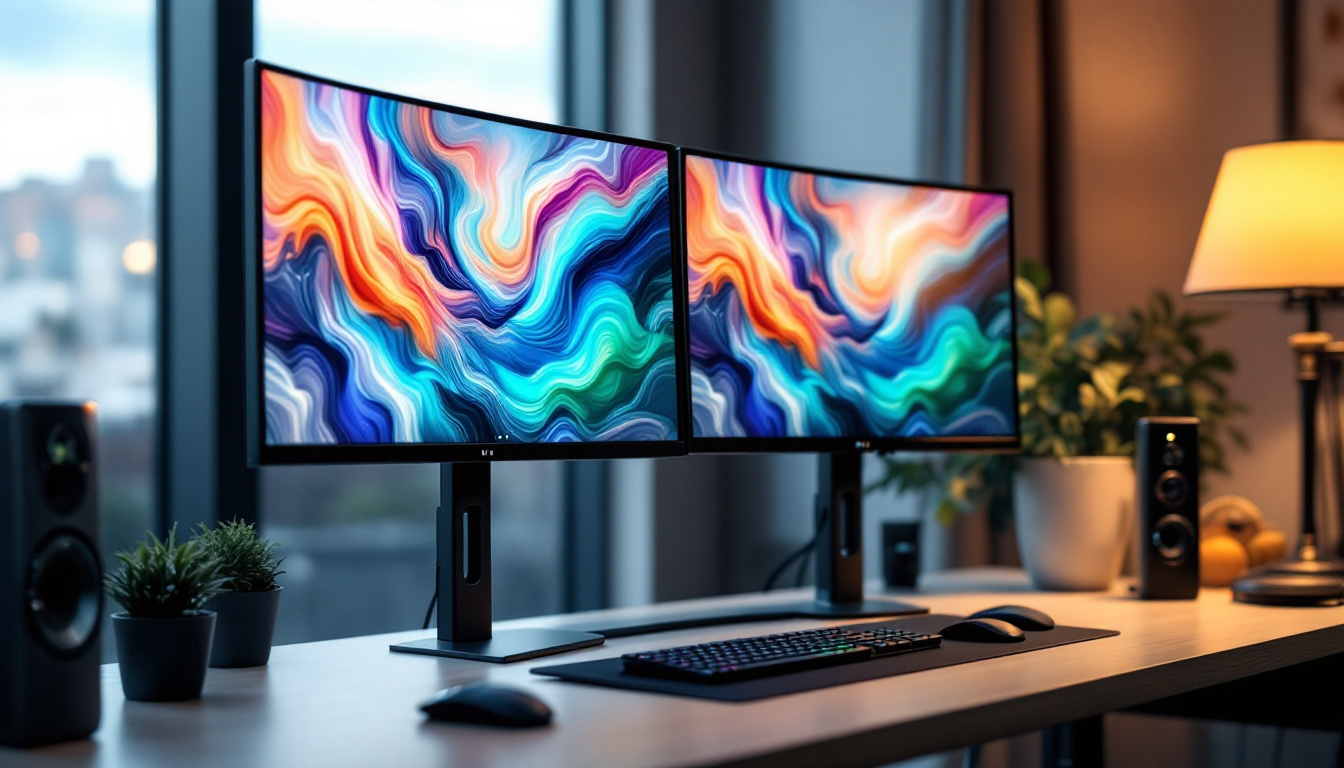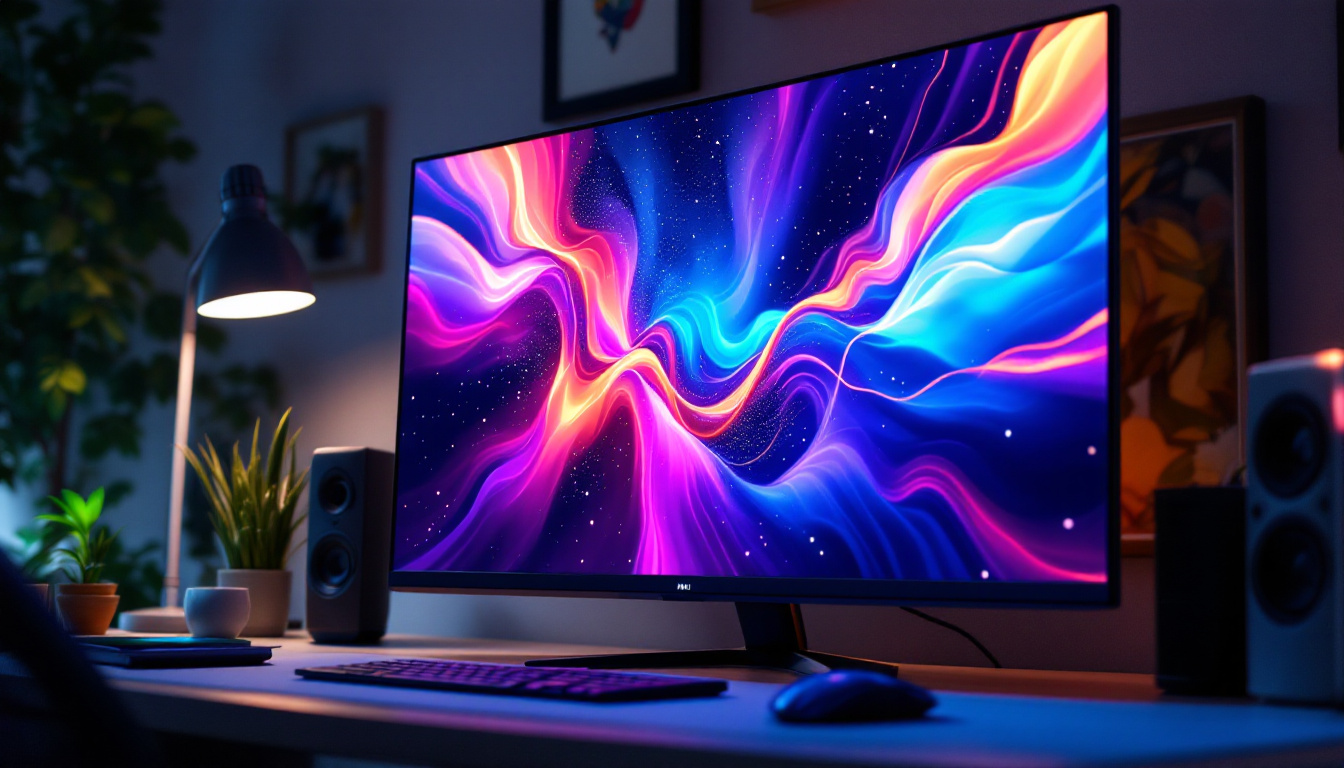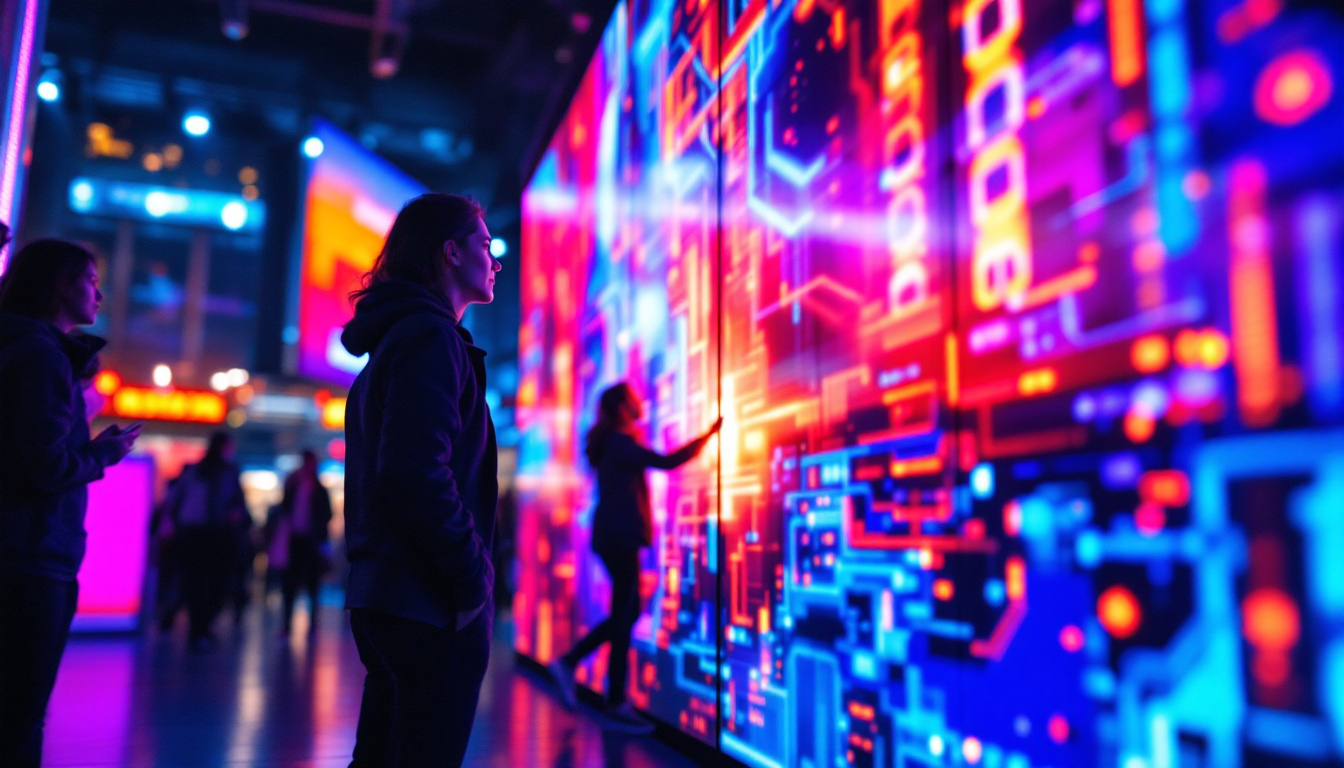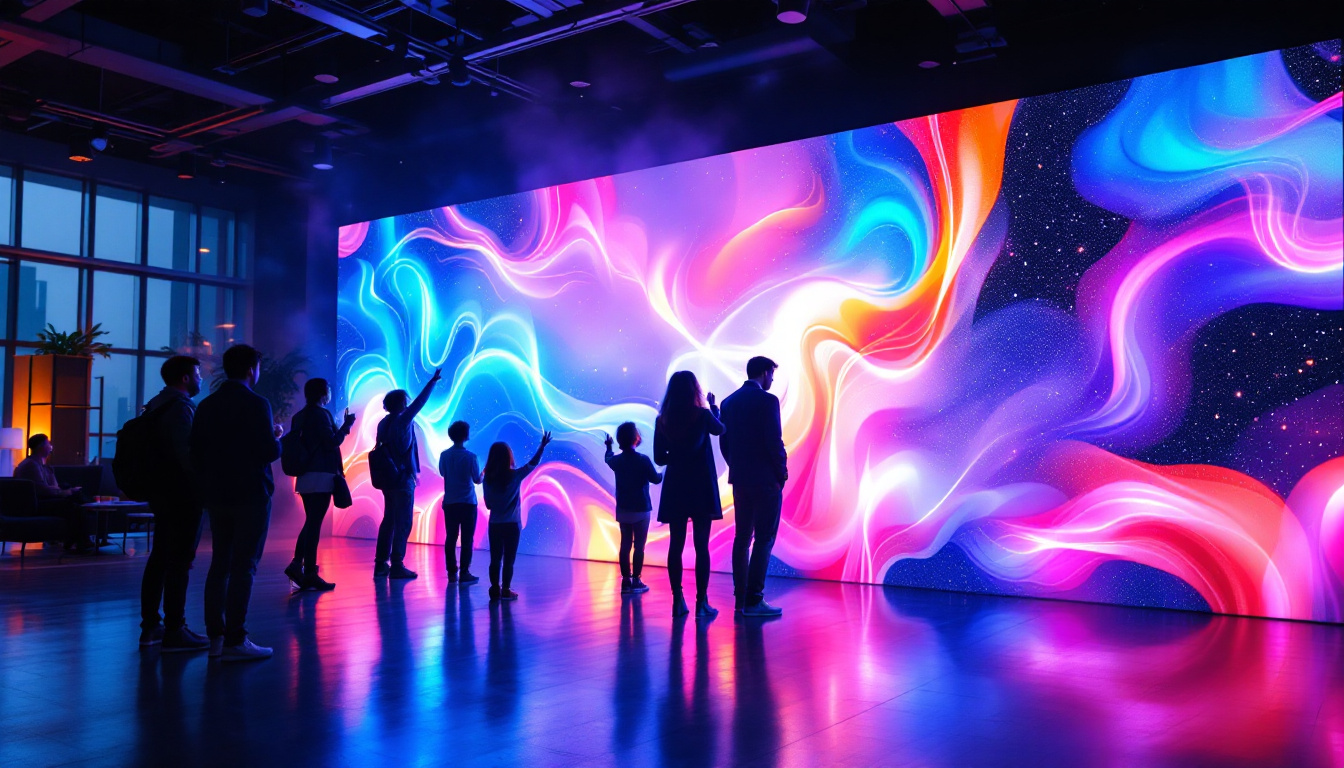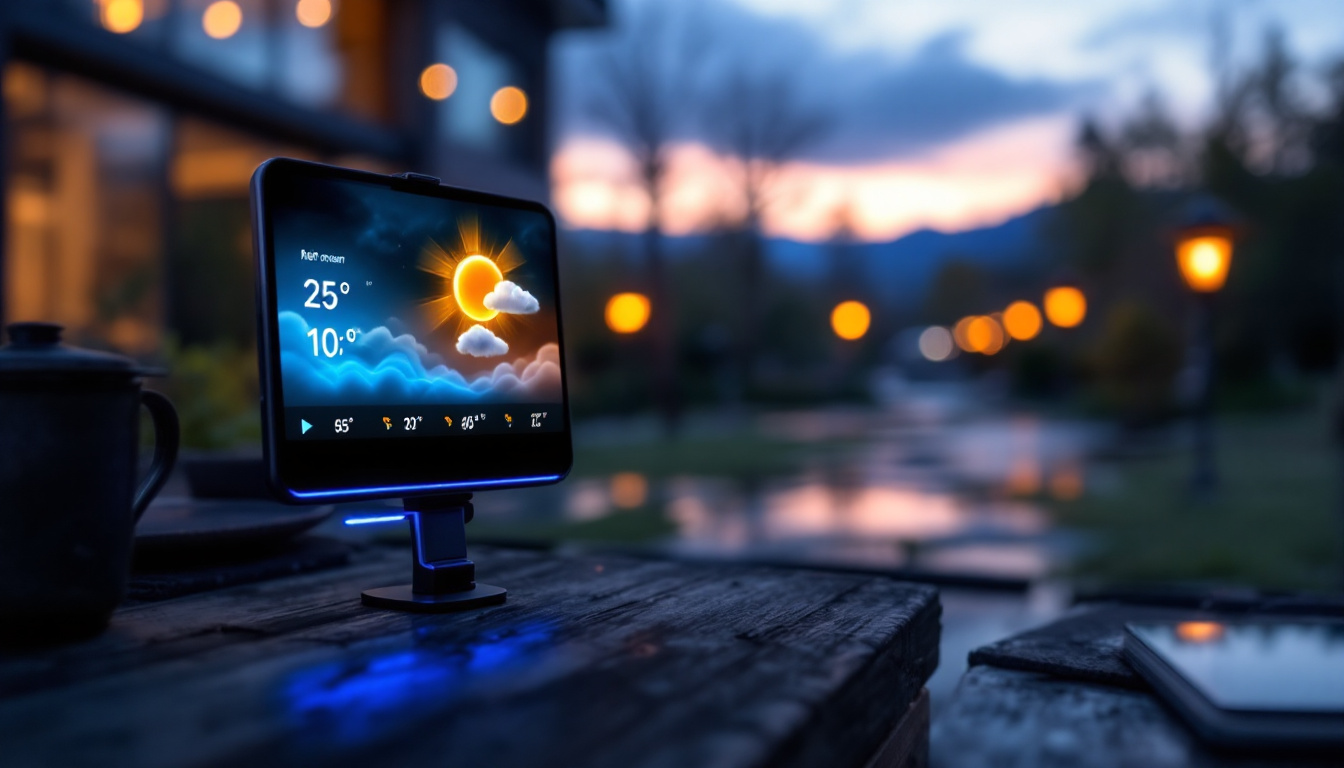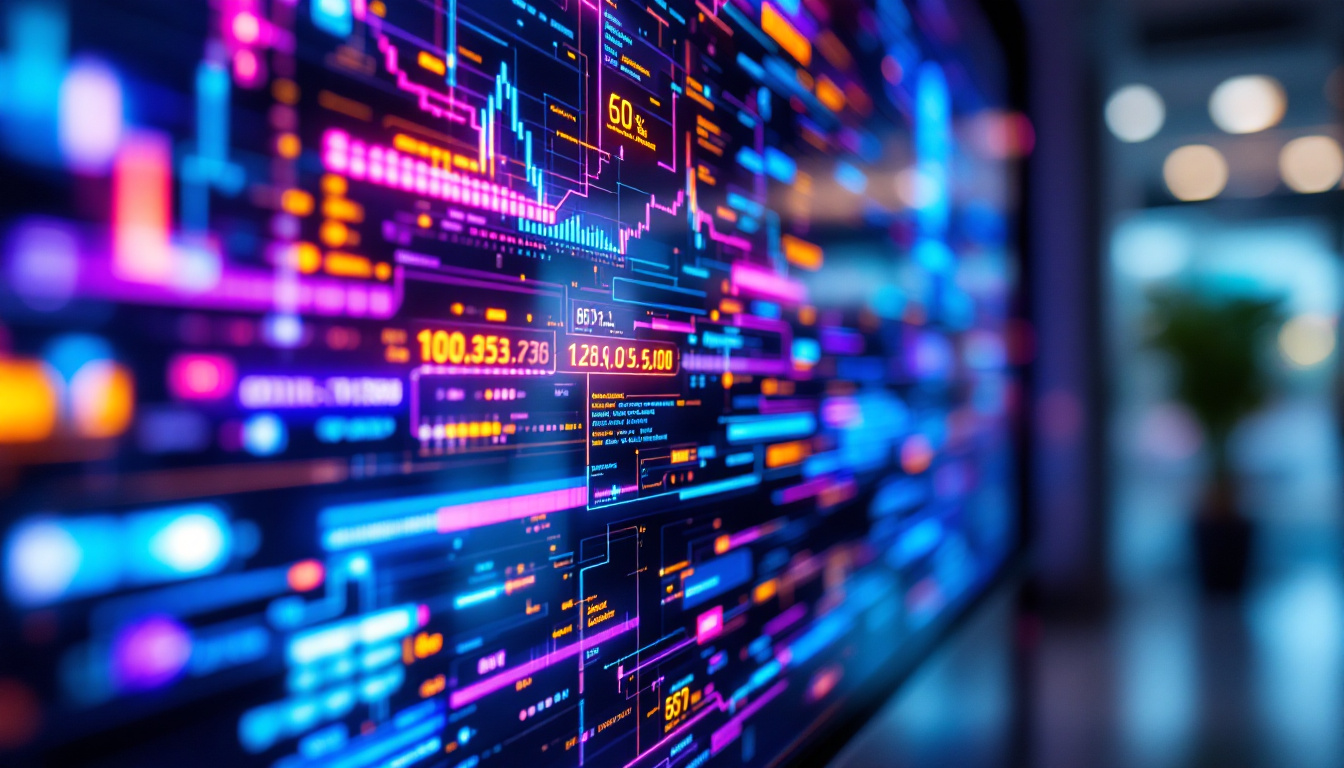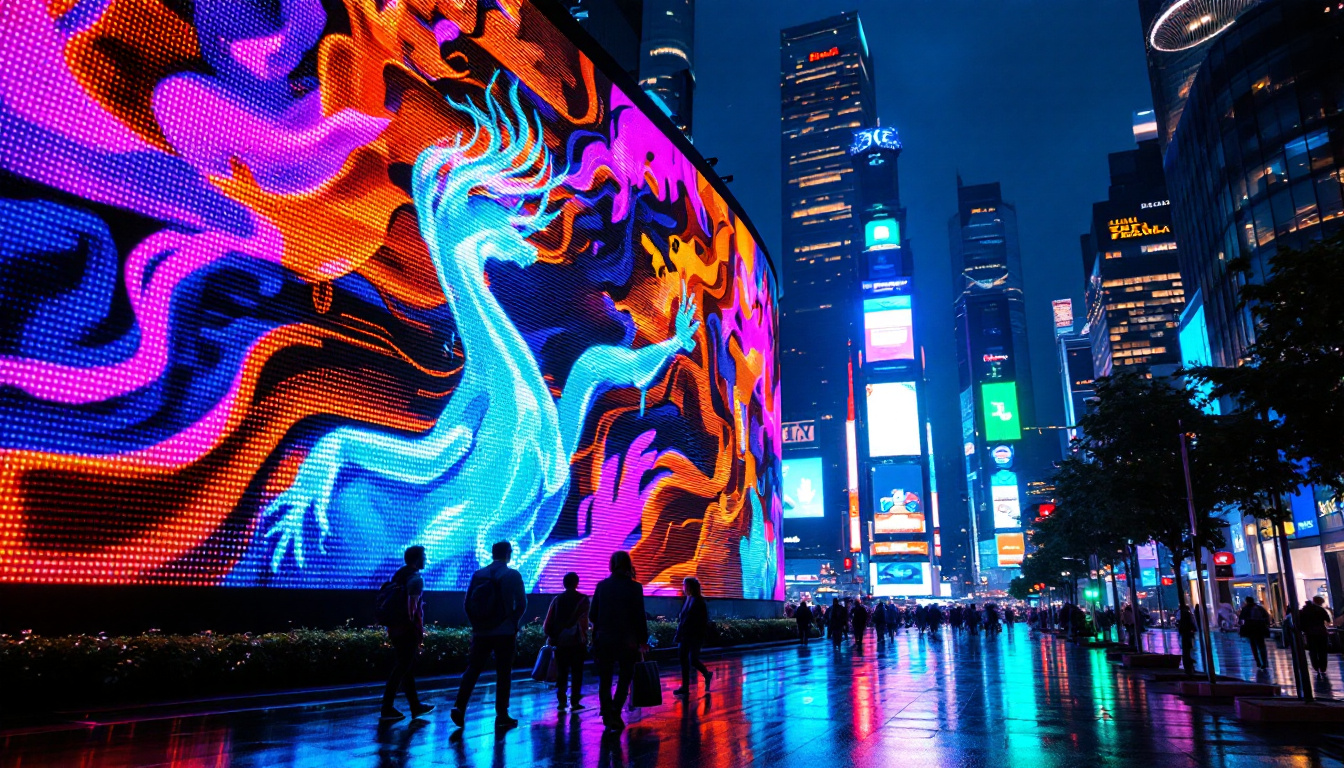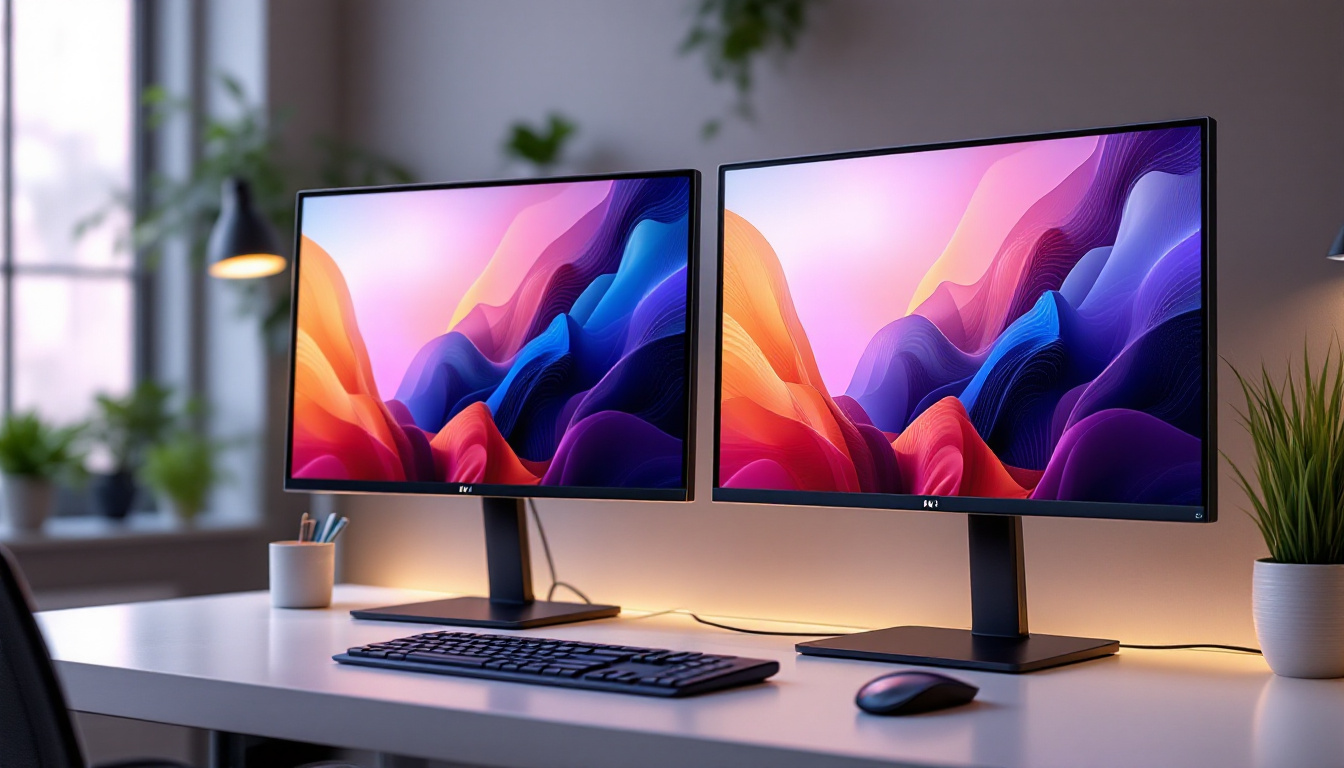In the world of visual displays, LED technology has emerged as a front-runner, transforming how we experience images and videos. With the increasing demand for high-quality projection screens, understanding the nuances of LED displays is essential. This article delves into the intricacies of LED projection screens, highlighting their advantages, applications, and what to consider when purchasing one.
Understanding LED Technology
Light Emitting Diodes (LEDs) are semiconductor devices that emit light when an electric current passes through them. This technology has revolutionized various sectors, including television, signage, and, most notably, projection screens. Unlike traditional projection methods, LED displays offer enhanced brightness, color accuracy, and energy efficiency. The shift towards LED technology has not only improved the visual experience but also contributed to sustainability efforts, as these devices consume significantly less power compared to their incandescent and fluorescent counterparts.
Moreover, the longevity of LED lights is impressive, often lasting up to 25,000 hours or more, which reduces the need for frequent replacements and the associated waste. This durability makes LEDs a preferred choice for both commercial and residential applications, as they provide a reliable lighting solution that can withstand various environmental conditions.
How LED Displays Work
LED displays consist of numerous individual diodes that create images by emitting light in various colors. These diodes are arranged in a grid pattern, where each pixel is formed by a combination of red, green, and blue LEDs. By adjusting the intensity of each color, a wide spectrum of colors can be produced, resulting in vibrant and dynamic images. This capability allows for the display of intricate details and subtle gradients, enhancing the overall viewing experience.
Furthermore, the technology behind LED displays allows for faster refresh rates, which is crucial for displaying motion without blurring. This makes LED screens particularly suitable for video content, gaming, and presentations where clarity and detail are paramount. The rapid response time of LED technology also plays a significant role in reducing eye strain during prolonged use, making them a healthier option for users who spend extended periods in front of screens.
Types of LED Displays
There are several types of LED displays available, each designed for specific applications. The most common types include:
- Direct View LED: This type consists of individual LEDs that form the entire display surface. They are typically used for large-scale screens, such as outdoor billboards and stadium displays. Their brightness and visibility in direct sunlight make them ideal for advertising and public announcements.
- LED-backlit LCD: In this configuration, an LCD screen is illuminated from behind by LEDs. This is common in televisions and monitors, providing improved contrast and color accuracy compared to traditional LCDs. The backlighting technology allows for thinner screens, making them more aesthetically pleasing and easier to mount in various settings.
- MicroLED: A newer technology, MicroLED displays use microscopic LEDs to create images. They offer exceptional brightness and color performance, making them ideal for high-end applications. Additionally, MicroLED technology is modular, allowing for flexible screen sizes and shapes, which opens up new possibilities for creative display designs.
As the demand for high-quality visual content continues to grow, the evolution of LED technology is likely to pave the way for even more innovative applications. From immersive virtual reality experiences to advanced digital signage, the versatility of LED displays is reshaping how we interact with visual media in our daily lives.
Advantages of LED Projection Screens
LED projection screens come with a multitude of advantages that make them a preferred choice for both commercial and residential use. Understanding these benefits can help consumers make informed decisions when selecting a projection screen.
Exceptional Brightness and Clarity
One of the standout features of LED projection screens is their brightness. They can produce images that are visible even in well-lit environments, making them ideal for presentations in conference rooms or classrooms. The clarity of the images is also significantly enhanced, with sharp details and vibrant colors that captivate audiences. This high level of brightness and clarity is particularly beneficial for events such as trade shows or outdoor movie nights, where ambient light can often wash out the visuals. Moreover, the ability to maintain color accuracy across various viewing angles ensures that everyone in the audience enjoys a consistent and immersive experience, regardless of their seating position.
Energy Efficiency
LED technology is known for its energy efficiency. Compared to traditional projection systems, LED displays consume significantly less power while delivering superior performance. This not only reduces electricity costs but also contributes to a more sustainable environment. In addition to the lower energy consumption, LED screens generate less heat, which can help maintain a comfortable atmosphere in enclosed spaces. This aspect is particularly advantageous in large venues where multiple screens are used simultaneously, as it minimizes the need for additional cooling systems. Furthermore, the long lifespan of LED technology means fewer resources are used over time for replacements, further enhancing its eco-friendly profile.
Longevity and Durability
LED displays are designed to last. With a lifespan that can exceed 50,000 hours, they require less frequent replacements compared to traditional projection systems. Additionally, they are more resistant to damage from environmental factors, making them suitable for both indoor and outdoor use. This durability is particularly important for businesses that rely on consistent performance, as it reduces downtime and maintenance costs. Furthermore, many LED screens are built with robust materials that can withstand harsh weather conditions, making them ideal for outdoor events or installations. The flexibility in installation options, such as curved or flexible screens, also allows for creative setups that can enhance the overall viewing experience, whether in a home theater or a large public venue.
Applications of LED Projection Screens
The versatility of LED projection screens makes them suitable for a wide range of applications. From corporate settings to entertainment venues, their adaptability is one of their greatest strengths.
Corporate Presentations
In the corporate world, clear communication is essential. LED projection screens provide a reliable solution for presentations, allowing for detailed visuals that enhance the message being conveyed. Their ability to perform well in various lighting conditions ensures that every attendee can see the content clearly.
Home Entertainment
For home theater enthusiasts, LED projection screens offer an immersive viewing experience. They can transform any room into a cinema, providing vibrant colors and sharp images that enhance movies, sports, and gaming. The flexibility in screen size also allows users to customize their setup according to their space.
Public Displays and Signage
LED screens are increasingly being used for public displays and digital signage. Their high visibility and dynamic content capabilities make them ideal for advertising and information dissemination in busy environments like malls, airports, and stadiums. The ability to update content in real-time further enhances their effectiveness as a marketing tool.
Factors to Consider When Buying an LED Projection Screen
When investing in an LED projection screen, several factors should be taken into account to ensure the best choice for specific needs. Understanding these elements can lead to a more satisfying purchase.
Screen Size and Aspect Ratio
The size of the screen is one of the most critical factors. It should be proportionate to the space where it will be used. A larger screen may be necessary for bigger venues, while smaller screens may suffice for home use. Additionally, the aspect ratio is essential for compatibility with various media formats, with common ratios being 16:9 for widescreen and 4:3 for standard displays.
Resolution and Image Quality
Resolution plays a significant role in image quality. Higher resolution screens provide more detail, making them ideal for applications where clarity is crucial. Common resolutions include Full HD (1920×1080) and 4K (3840×2160), with the latter offering an even sharper image. It’s essential to choose a resolution that meets the demands of the content being displayed.
Installation and Portability
Consideration should also be given to how the screen will be installed. Some LED projection screens are designed for permanent installation, while others offer portability for easy transport between locations. Understanding the intended use will help determine the best installation method.
Maintenance and Care for LED Projection Screens
To ensure longevity and optimal performance, proper maintenance of LED projection screens is essential. Regular care can prevent common issues and enhance the viewing experience.
Cleaning and Dusting
Dust and dirt can accumulate on the surface of the screen, affecting image quality. It is advisable to clean the screen regularly using a soft, lint-free cloth. For more stubborn stains, a gentle cleaner specifically designed for screens can be used. Avoid using abrasive materials that could scratch the surface.
Software Updates
Many modern LED displays come with built-in software that may require periodic updates. Keeping the software up to date ensures that the screen operates smoothly and takes advantage of the latest features. Checking the manufacturer’s website for updates can help maintain optimal performance.
Conclusion
LED projection screens represent a significant advancement in display technology, offering unparalleled brightness, clarity, and efficiency. Their versatility makes them suitable for a wide range of applications, from corporate presentations to home entertainment and public displays. When considering an investment in an LED projection screen, it is crucial to evaluate factors such as screen size, resolution, and installation needs.
With proper care and maintenance, an LED projection screen can provide years of high-quality performance, making it a valuable addition to any setting. As technology continues to evolve, LED displays are likely to remain at the forefront of visual presentation solutions, ensuring that audiences enjoy stunning visuals for years to come.
Discover LumenMatrix’s Innovative LED Display Solutions
Ready to elevate your visual experience with cutting-edge LED technology? Look no further than LumenMatrix, a pioneer in crafting high-quality LED display modules that bring your content to life. Whether you need an Indoor LED Wall Display for your corporate events, an Outdoor LED Wall Display for impactful advertising, or any of our specialized solutions like Vehicle LED Displays and LED Sports Displays, LumenMatrix has you covered. Embrace the future of visual communication with our advanced, engaging, and versatile LED displays. Check out LumenMatrix LED Display Solutions today and transform your space into a captivating visual spectacle.

